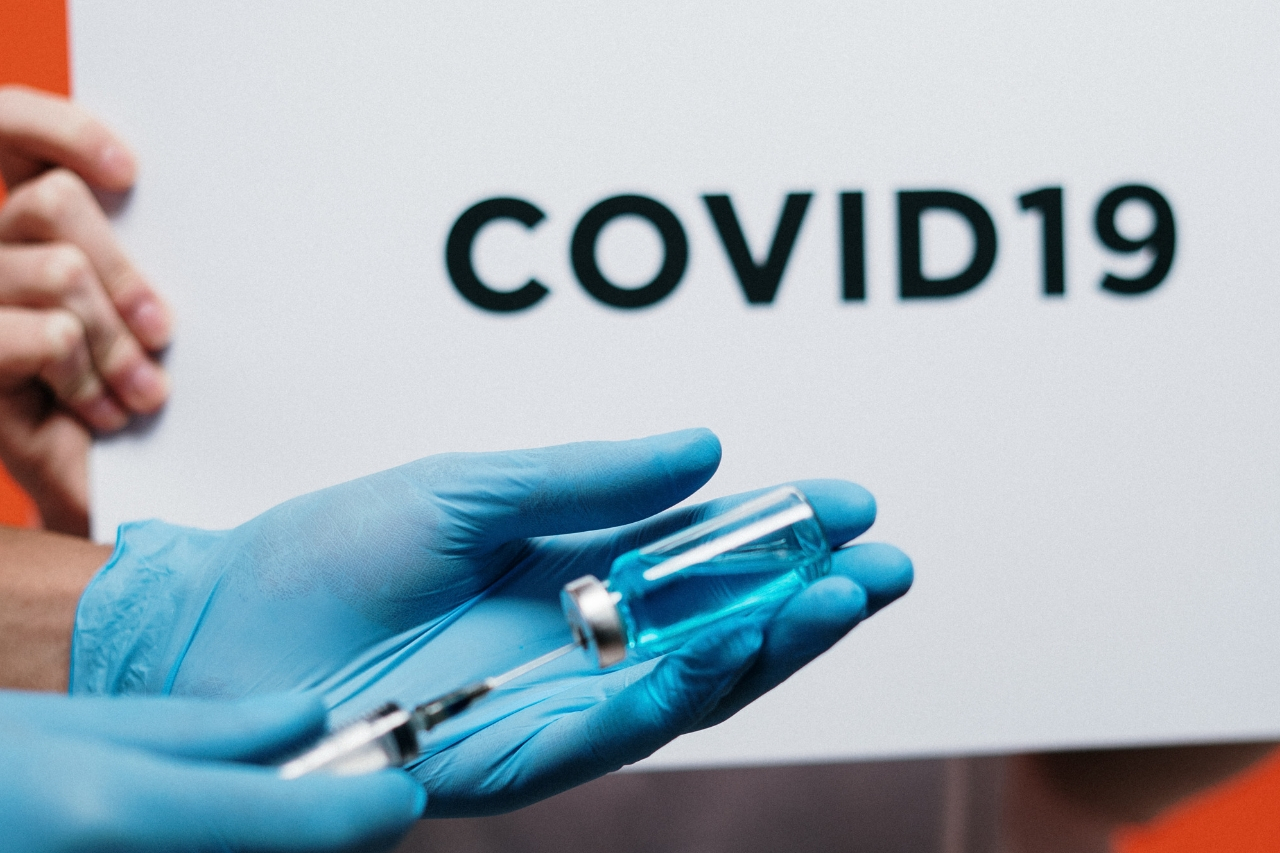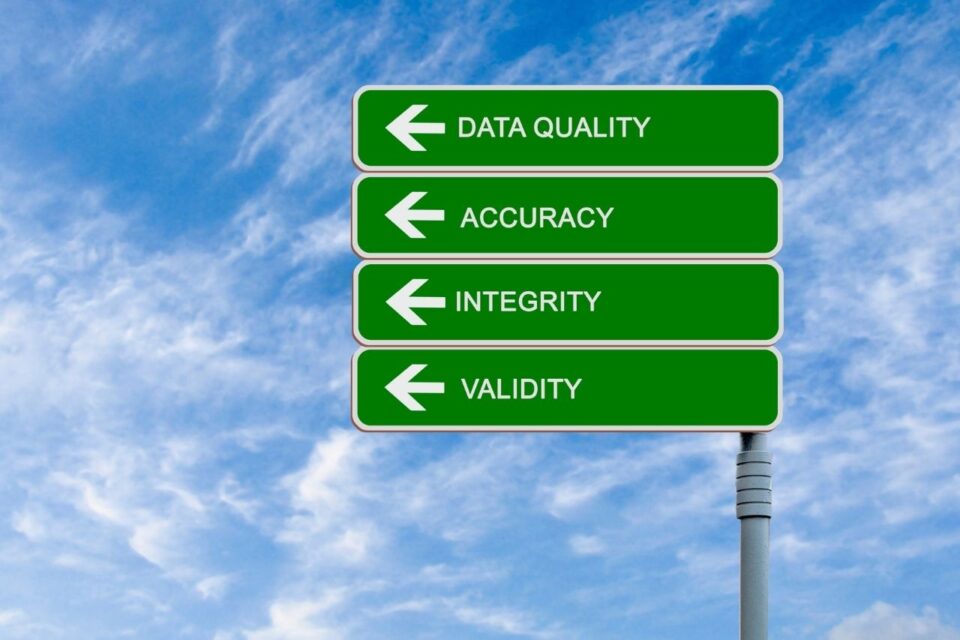
$75 Billion COVID-19 Relief Bill for Hospitals
May 12, 2020
Covid-19 Stimulus Package for Hospital Funding Passed by Congress
June 8, 2020One of the biggest problems healthcare providers face is uncompensated care.
The best way to avoid the possibility of uncompensated care is by evaluating the whole revenue cycle to spot gaps and identify missing coverage.
Many people are currently found in a severely critical situation due to the COVID-19 pandemic. This is mostly because most of these people didn’t have medical coverage.
Many people avoid seeking care, mainly because they are unable to afford medical care.
However, most of the time, this increases the chances of needing far more serious and expensive treatment in the future. Uncompensated care has been a huge deal globally, but with the pandemic taking over, everyone must confirm medical coverage.
To bridge the gaps, it’s important to find coverage sooner and avoid loss.
Many hospitals don’t properly do coverage checks as most patients are billed unnecessarily, and this is a practice especially in non-profit hospitals.
Most patients who are eligible for free or charity help are routinely billed, and this increases the rate of unnecessary billing.
The best way to reduce the chances of this happening would be to draft a much better coverage strategy.
Medical coverage aims to provide the patient with confidence and relief whenever they come in for any kind of treatment. They should be reassured; that they already have a solid plan in place to help compensate and pay for their medical care.
When patients are wrongly billed or uninsured, healthcare providers face a huge profit loss.
How to avoid uncompensated care?
Running manual checks can be stressful for the staff and patients and, nonetheless, it also proves to be a waste of resources, time, and energy as well.
Automated systems are quite helpful in cross-checking patient history and records against their accounts to ensure any uncertainty about undiscovered coverage.
This cross-checking can be carried out in several steps:
- Before treatment: When a patient is scheduled for treatment, they should be informed about their insurance situation before they arrive for their treatment. It is important to conduct an automated search beforehand to view previous coverage plans and inform the patient about their insurance situation on time.
- During treatment: Whenever a patient switches their employment status, address, city, etc. this automatically means their coverage might have changed as well. An on-spot evaluation or automated search can be performed when the patient comes in for treatment. This makes sure every piece of information is updated.
- After treatment: After treatment, the healthcare provider needs to ensure that no bills have been wrongly issued. Around 30 to 90 days after treatment is crucial to monitor and it’s essential for the staff to check for active insurance regularly. This is important in case a patient has any collection of debt, in that case a final check should be sent by the provider to inform the patient about it. This makes sure the account is handled well, and the patient receives an even better experience the next time.
Reduction of debt collection and wrongful billing improves the revenue cycle and avoids the possibility of uncompensated care.
Learn how our AllPayor® Software is saving other organizations $$MILLIONS!
If you are interested in a free demo of our AllPayor® Software, please go HERE or you can register for a FREE webinar HERE





